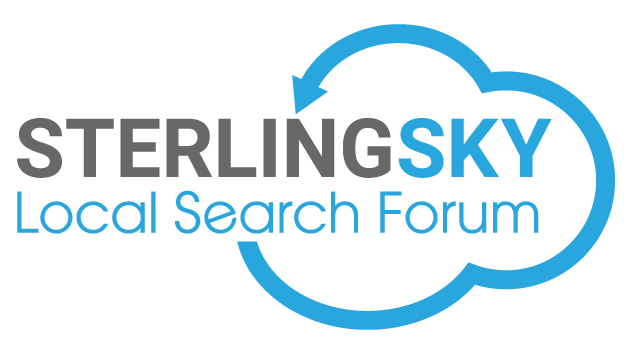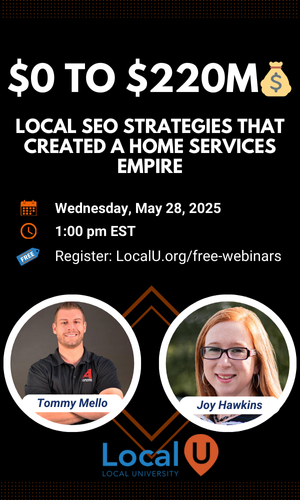Hello guys,
I wanted to ask an important question. I had a fairly succesfull business for more than years in the education sector. I ranked pretty high on alot of keywords and had clients from all over the country (Netherlands). Then came the march update, which put maps, GBP's and q&a's everywhere on top and pushed me and many businesses down. I lost approximately 60-70% of revenue/demand in two weeks, even though i gained better positions on the organic search on some keywords. I changed the profile from no adress to service area but this did nothing.
I don't know what to do exactly. I have many pages (16k x 70 courses) that are tied to cities in my country, but google never ranked them due to duplicate content. I I didn't think about them that much over the years. I'm trying to make these pages unique content now, but Google put map packs and q&a's everywhere on top, on every city and pushed organic search down. Is it going to help me if I give these pages unique content?
Also, I'm almost not ranking on maps/GBP's, even though I have a reasonable amount of reviews (some of them are bought I admit). I have the disadvantage to be located in a part of the country with few people, so I'm not visible in big cities where all the students are, even though, like I said, I have pretty good rankings on organic.
I feel very discouraged. Is it even possible to overcome this disaster? It seems Google doesn't want to send clicks to sites anymore? This is the first time in 10 years that a google update hit me hard. My SEO was never bad (hence the high rankings on google), but now it seems all pointless. I see random businesses with no SEO or no website, some of them don't even offer services anymore, ranking above me in maps.
I feel betrayed by Google. Anyone else in the same boat? And what should I do? Will unique content for local pages help? And could I be visible in more maps if I add reviews or do something else? It seems like google has decided: you're too far away, we're not showing you in the big areas.
Thanks in advance!
I wanted to ask an important question. I had a fairly succesfull business for more than years in the education sector. I ranked pretty high on alot of keywords and had clients from all over the country (Netherlands). Then came the march update, which put maps, GBP's and q&a's everywhere on top and pushed me and many businesses down. I lost approximately 60-70% of revenue/demand in two weeks, even though i gained better positions on the organic search on some keywords. I changed the profile from no adress to service area but this did nothing.
I don't know what to do exactly. I have many pages (16k x 70 courses) that are tied to cities in my country, but google never ranked them due to duplicate content. I I didn't think about them that much over the years. I'm trying to make these pages unique content now, but Google put map packs and q&a's everywhere on top, on every city and pushed organic search down. Is it going to help me if I give these pages unique content?
Also, I'm almost not ranking on maps/GBP's, even though I have a reasonable amount of reviews (some of them are bought I admit). I have the disadvantage to be located in a part of the country with few people, so I'm not visible in big cities where all the students are, even though, like I said, I have pretty good rankings on organic.
I feel very discouraged. Is it even possible to overcome this disaster? It seems Google doesn't want to send clicks to sites anymore? This is the first time in 10 years that a google update hit me hard. My SEO was never bad (hence the high rankings on google), but now it seems all pointless. I see random businesses with no SEO or no website, some of them don't even offer services anymore, ranking above me in maps.
I feel betrayed by Google. Anyone else in the same boat? And what should I do? Will unique content for local pages help? And could I be visible in more maps if I add reviews or do something else? It seems like google has decided: you're too far away, we're not showing you in the big areas.
Thanks in advance!




